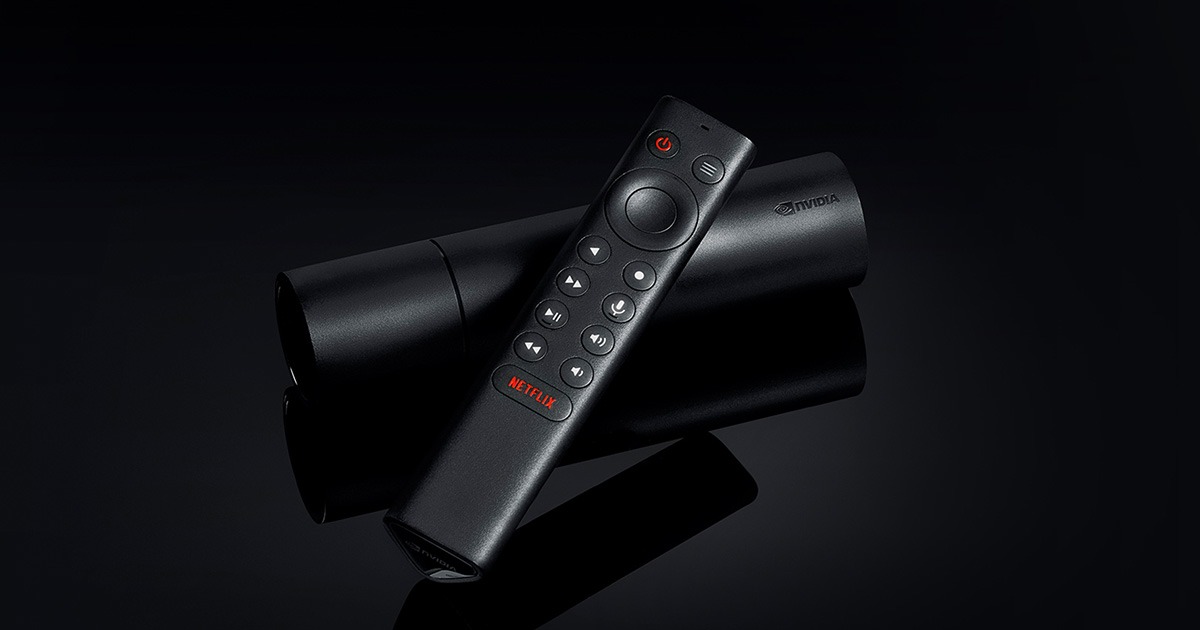So instead of separates in a home theater you'd rather have separates from the PC?!!!I believe that PowerDVD can play BluRay Atmos discs, but it doesn't perform the decoding and object rendering that an Atmos receiver can do.
Instead, the Dolby True HD channels are passed through as bitstream over HDMI to a receiver or processor, and the Atmos processing is done there.
What we're trying to achieve here is for the PC or Mac to perform the Atmos processing so the PC can generate 16 channels of LPCM digital audio.
With the right HW & SW, these can be output using USB, AES/EBU, MADI, HDX, AVB, Dante, Ravenna or Thunderbolt, but not HDMI which only carries 8 channels of LPCM.
At least for myself, life is too short to create equipment combos when something exists that just works (like the A1H)!




